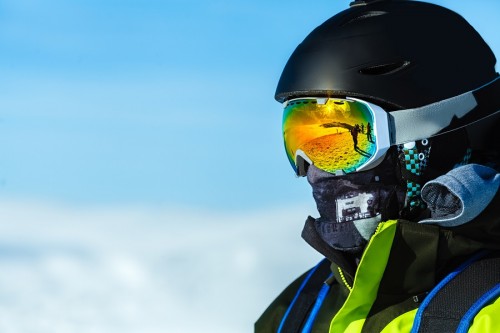A common feature of many winter sports events is that they involve racing down a mountain at high speed, sometimes under icy conditions if not literally on ice. Any kind of crash could be disastrous, not only for a chance at a medal, but because of the bodily injury that could result.
Because of that risk of injury, a universal feature of winter events that involve flying downhill is that the athletes all wear protective helmets and goggles. They may not always be required by the rules, but they are required to help avoid what could be the most disastrous types of injury to the head.
To help ensure safety in the event of a crash, the protective gear must be made with a material that will maintain its integrity upon high speed impact. For good reason, that material most commonly is polycarbonate plastic.
Along with being lightweight and clear like glass, polycarbonate is a highly shatter-resistant material, which makes it ideal for sports safety equipment like helmets and goggles. And that’s not just bragging.

Protective sports gear is designed to meet the rigorous requirements of safety standards developed by organizations such as ASTM International. For example, the ASTM F2040 standard sets requirements for ski and snowboard helmets, including an impact resistance test that involves dropping a heavy iron block onto the helmet to test impact resistance.
And let’s not forget the hockey players. Getting hit in the head or face with a high-speed puck or errant stick has high potential for serious injury. That’s why most hockey players wear protective helmets and face shields. No surprise that protective hockey gear is also made from polycarbonate.
To protect yourself from injury, polycarbonate is a winner for winter sports.
